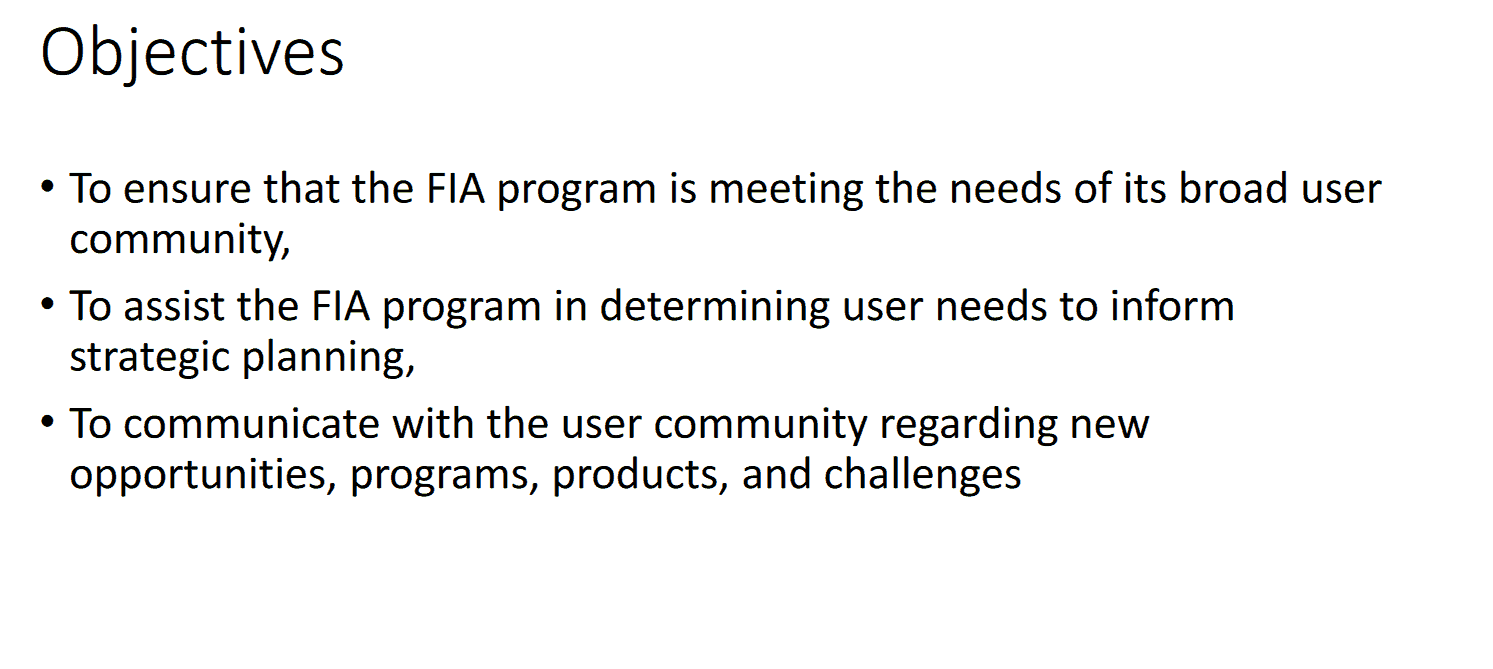
Yesterday’s discussion of all the possible information about fires and datasets that might be useful for different reasons reminded me of a post from 10 years ago (April 27, 2013, to be exact).. Needed: Coalition for Public Access to Information on National Forests (AKA The People’s Database)
In the past, TSW had a category called “the People’s Database” that talked about how the way the FS produces information could be more helpful to the kinds of questions the public is asking. If you’re interested, you can click on the category way down among the widgets on the right hand side. It’s probably easiest to do this on a computer rather than a phone.
A colleague of mine when we worked in the now-defunct RPA Program, Terry Tipple, used to give me on-the-job training in his field, public administration. He always said “policy is like a merry-go-round, you keep going around and at some point stars will align such that you can grab the brass ring.” It’s in the spirit of potential brass-ring-grabbing that I repost the below piece from 2013.
Anyone who is writing a comment letter for the Forest Service ANPR (that I used to call the MOG ANPR, but I’ve been told more recently that it is really about improving procedures and practices) can add ideas like this.. .
*********************
Volunteering for SAF gives me many opportunities for insight and opportunities to compare private and public forests, and regions of the country.
Recently, SAF signed on to an effort to get funding for FIA- forest inventory and analysis- which collects information about forests across the US. A couple of times I served on two “Blue Ribbon Panel” of users of the information who (excerpted from this):
The American Forest and Paper Association has organized two Blue Ribbon Panels (1991 and 1997) to review the national FIA program and provide recommendations to the Forest Service on needed changes to the content and capabilities of the program. The most recent panel recommended that the Forest Service should 1) elevate the priority of FIA in the Forest Service program, 2) convert the FIA program from a periodic inventory to an annual inventory, 3) fulfill the congressional mandate of reporting on all lands regardless of ownership, 4) concentrate on the core ecological and timber data, and 5) develop a strategic plan to implement the full FIA program.
FIA also has regular meetings with user groups to help guide their activities and generate support.
It seems to me that we are missing a group (a Peoples’ Coalition) that can reach across different interest groups and ask for information that we might agree that we all need about National Forests. We don’t have an AF&PA to speak for us and get things started, so perhaps we have to organize ourselves.
We could ask the Chief to convene a panel of citizens representing different groups to ask 1) what information is important to be collected in a standard format across forests and regions? and 2) how best do we make that accessible to the public? For example, PALS has searches that internal folks can do but not external.. should it remain that way?
Stakeholders outside of the FS could then lobby strongly for this information the same way that groups (very successfully) lobby for FIA.
Some topics we’ve mentioned here are budgets and outputs, costs of environmental document developments, number of acres treated, etc., as in the “vegetation management” thread here and here. it seems to me that we could take advantage of having an Administration which promotes transparency to set such a framework of an advisory committee.
At first, I was thinking volunteers could find and enter the data, but then I thought “if the public wants this information, why doesn’t the agency just provide it?”. I’m sure that the agency could save some bucks by stopping collecting information on a variety of things that someone used to be interested in, and focus on things the public is currently interested in. The public could actually help the Forest Service prioritize information across silos, something that is problematic internally.
But we can’t ask poor Region 1 to do more work on their own.. when these are national forests, and data should be captured and made available consistently across regions. Besides, they appear to already be doing more work than some other regions, based on the GAO reports and Derek’s observations.
*************
Collecting information based on what the public perceives as a need (the vacuum approach) and involving the public in how the information is developed has many advantages in terms of building trust in the information. Sometimes it seems as if some science folks and NGOs use the blower approach for information- they put out what they already have or what they think is useful which may or may not be. And perhaps don’t ground truth the data with the public.. which doesn’t increase trust. If anything needs more trust, it would be prescribed burning and WFU, IMHO.